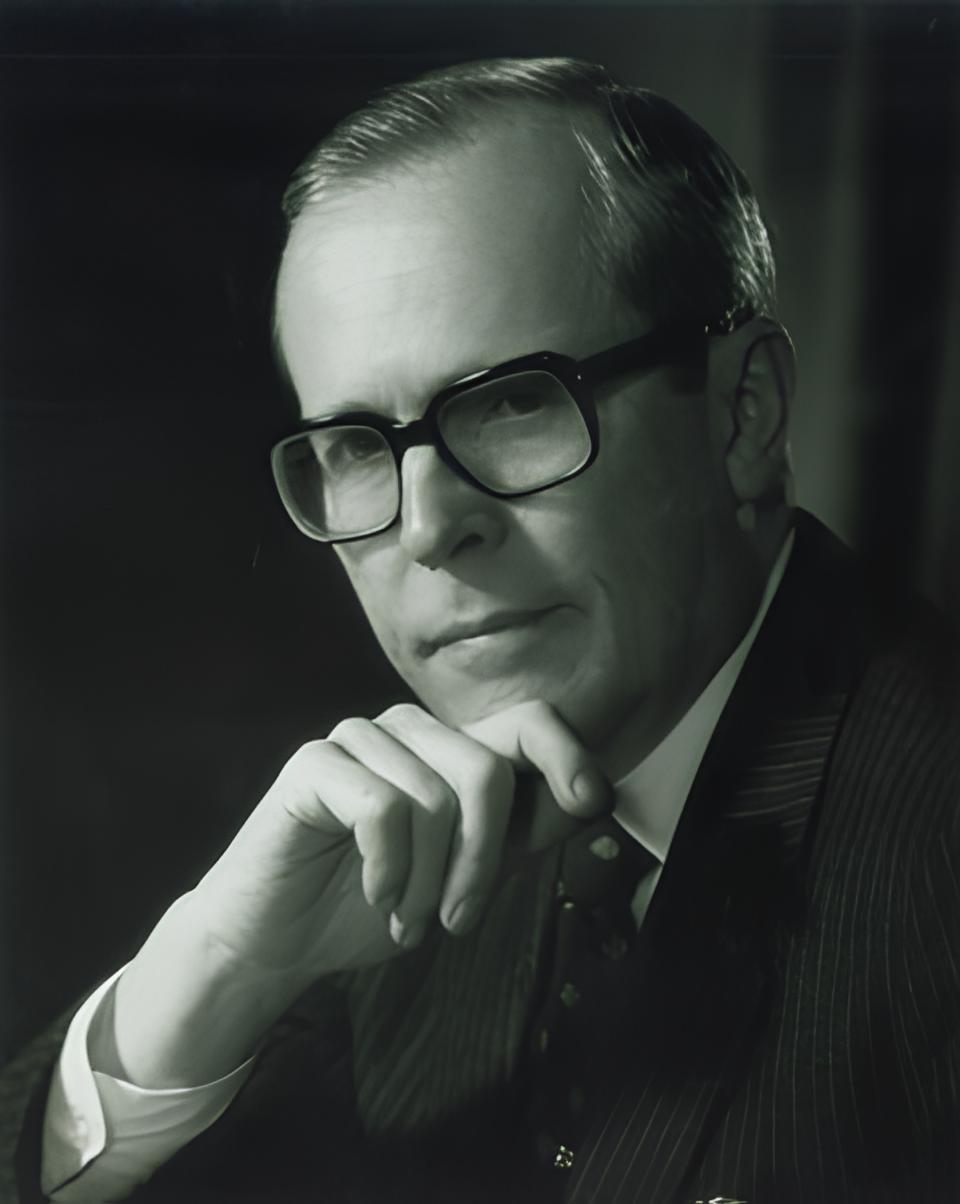It must be fun to be Justice Anthony Kennedy. You show up for a conference at the Supreme Court and almost always find that four of your colleagues (Ruth Bader Ginsburg, David Souter, Stephen Breyer and John Paul Stevens) are lined up on the liberal side of every ideological issue, while the other four (John Roberts, Samuel Alito, Antonin Scalia and Clarence Thomas) are on the conservative side. So all you have to do is make up your mind, and presto! — your opinion becomes the supreme law of the land.
None of this is Kennedy’s fault. It’s pure happenstance that the Court is so evenly divided, and that his opinion carries the day. But the result is, inevitably, that the Court has come to be called “the Kennedy Court” — which, in large part, it undeniably has been.
In the 2007-2008 term just ended, of the 11 major cases that resulted in a 5-4 split, Kennedy voted with the majority (or, in other words, provided the winning vote) in seven of them. Of these, four had highly ideological features. One declared the death penalty unconstitutional as punishment for the rape of a child, and another ruled that Guantanamo Bay detainees have a constitutional right to go to federal court to challenge their detention — both being victories for the liberal view. One of the other two held that the Second Amendment protects an individual’s right to own a gun for personal use, and the other knocked out as unconstitutional a law allowing opponents of self-financed candidates to receive larger contributions — both triumphs for a conservative perspective. So, whatever else he is, Kennedy is no knee-jerk liberal or conservative — he can swing either way.
There were other 5-4 decisions with arguably ideological implications — for example, a ruling that an illegal immigrant may withdraw an agreement to leave the country voluntarily and still appeal a deportation order. In that case, Kennedy again joined the liberal foursome. But, in general, the most that can be said of him is that his tilt, if there is one, is unpredictable.
And that, of course, is precisely why the victory of John McCain or Barack Obama in the coming presidential election is bound to determine the direction of the Court in critical ways. At least two justices, Stevens at 88 and Ginsburg at 75, are likely to retire before long, and both are liberals. If either is replaced by a conservative, the Court’s complexion will shift markedly to the right. If not, or if a conservative retires and is replaced with a liberal, the swing will be as sharp in the other direction.
Almost as critical as the presidency in determining the direction of the Court will be control of the Senate. The Senate, of course, must approve the president’s nomination of Supreme Court justices, and there is no reason to think it will take that responsibility lightly. If a Republican president were to nominate a conservative to the Court, a Democratic Senate might well reject the nomination, or decline ratification, thus forcing another choice. (And, of course, vice versa.)
Unhappily for the Republicans, it seems likely that the Democrats will add to their current majority in the Senate this November rather than lose it. So the Republicans’ chance of retaining the present balance on the Supreme Court, or increasing their hold, seems to depend heavily on a Republican victory in the presidential election.
At the moment, the prospects for that are murky, verging on poor. It’s often said that “this is a Democratic year.” The Republicans, after all, have held the White House for the past eight years, and Congress for six of those eight, and neither the war in Iraq nor the economy at home inspires much enthusiasm for the GOP. Voters may well think it’s time for a change.
But, if they do, they will do well to reflect that they are also almost certainly determining the future direction of the Supreme Court, on which the very law of the land also depends.
*****
This article originally appeared on Townhall.com on Jul 01, 2008

